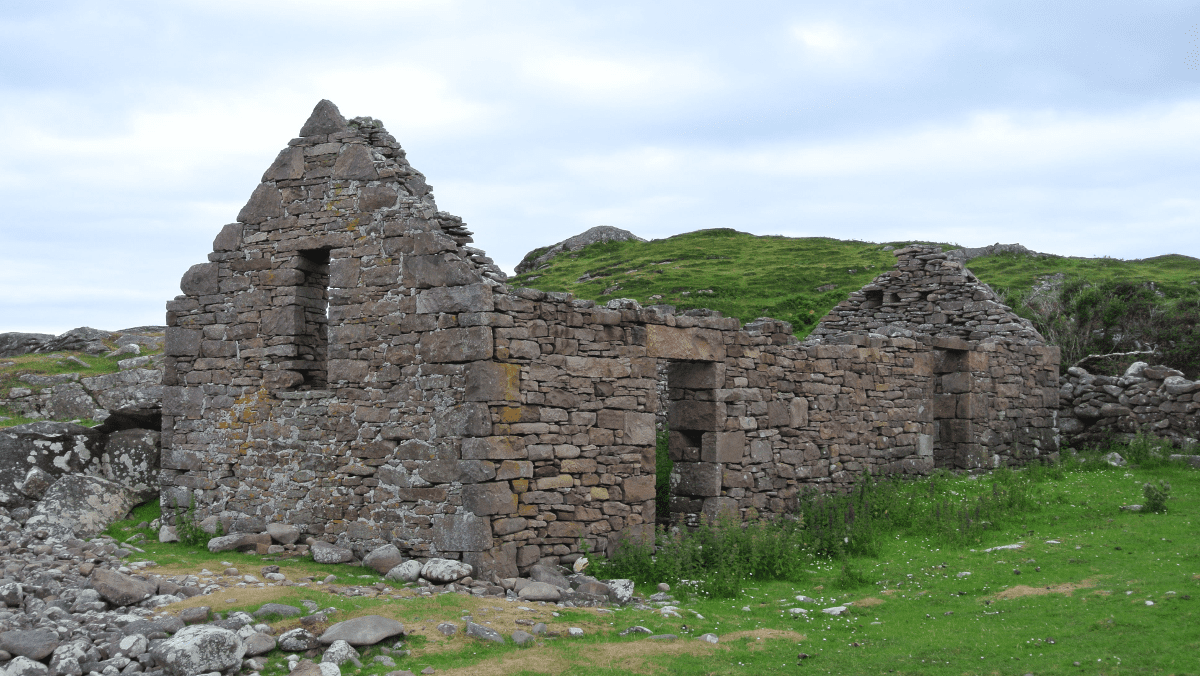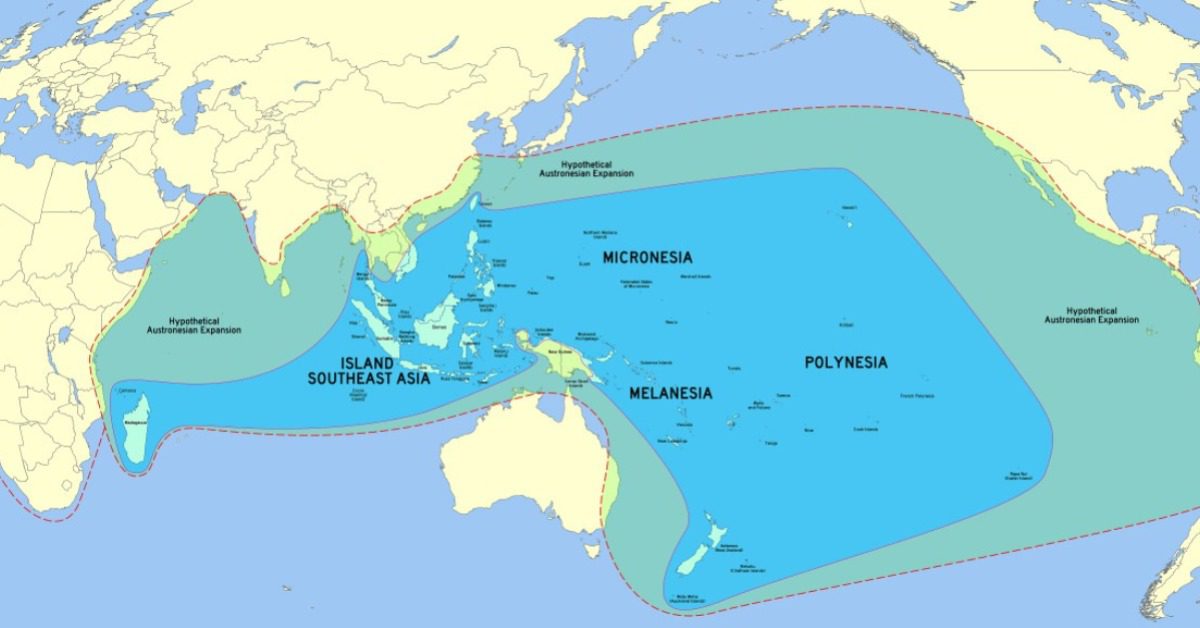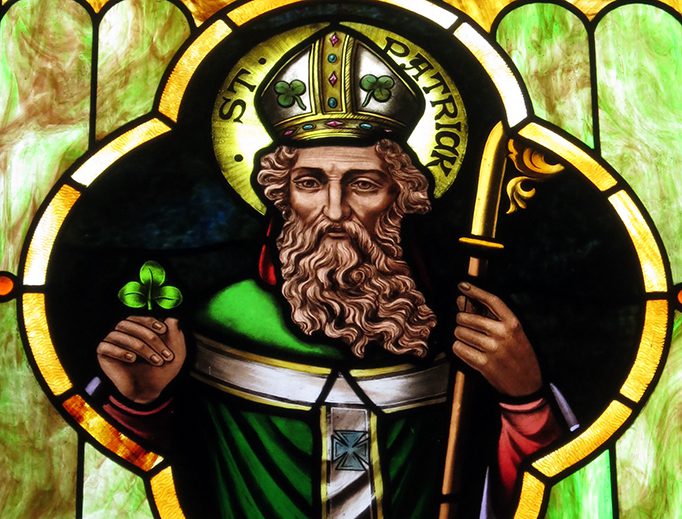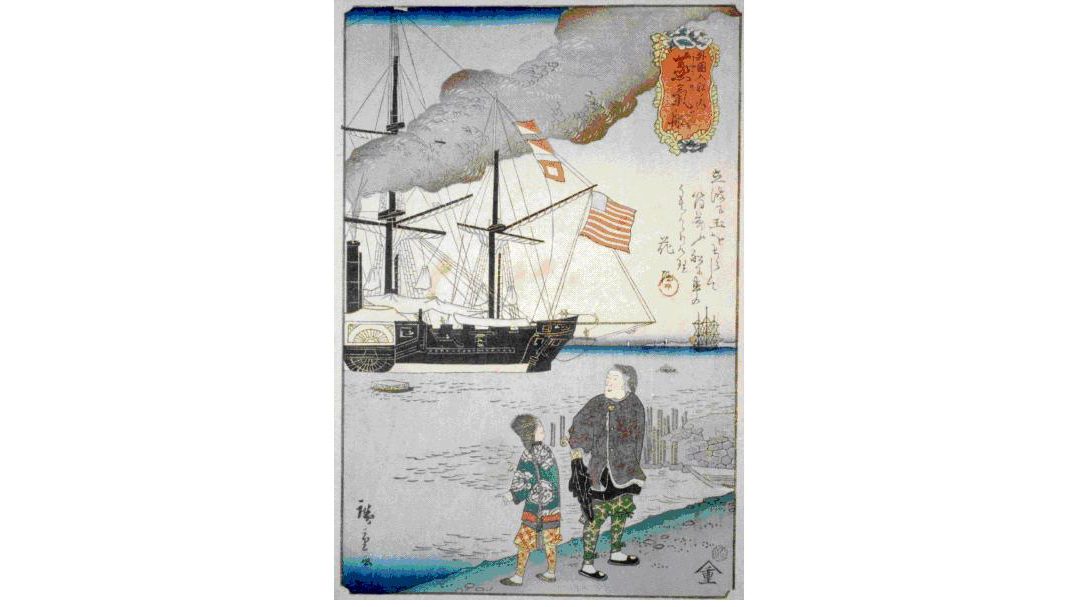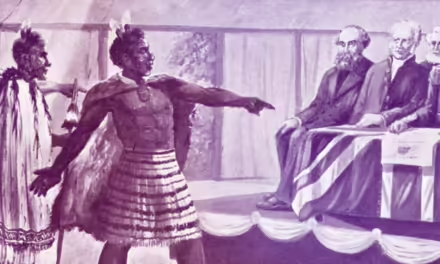HIGHLAND CLEARANCES: CHANGING A CULTURE
Reading time: 5 minutes
Cultures, customs and traditions change as time passes on, but sometimes this change is brought about with force from outside rather than evolution from within. One such example is how Gaelic culture was forced out of much of the Scottish Highlands during a process known as the Clearances. In this article, we’ll give an overview of what the Clearances were and how they changed Scotland, and even the world, forever.
By Fergus O’Sullivan
The Highland Clearances take an interesting place in British history. They’re not a singular occurrence, but rather a historical movement that changed the Highlands from a region with a relatively dense population of overwhelmingly Gaelic-speaking subsistence farmers to a sparsely inhabited region that rears livestock, particularly sheep, and mostly speaks English.
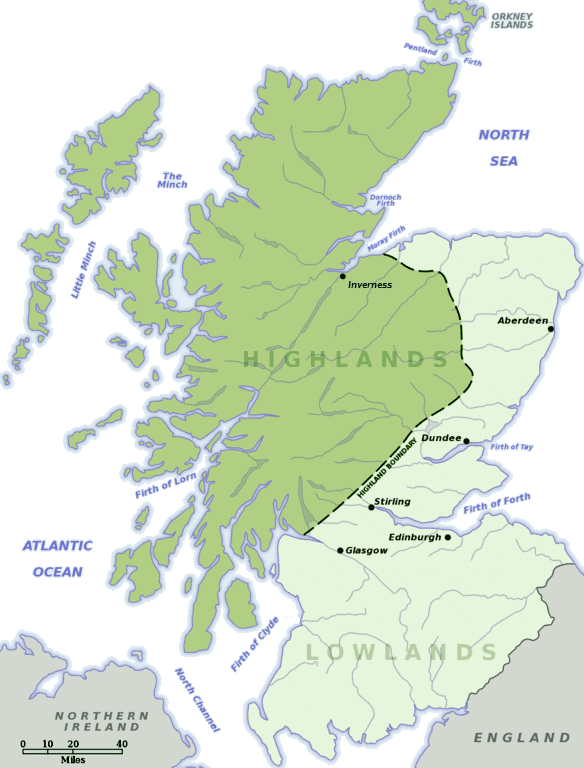
Over a course of 100 to 150 years — there are arguments over how long the Clearances lasted — farmers from the Highlands and surrounding islands were driven from their small holdings of land, called crofts, that they rented from their landlords and replaced by sheep. In a classic display of capitalism at work, the landlords didn’t care what happened to their tenants, as long as they vacated the premises so ruminants could graze there instead.
Whether it was motivated by a hatred of the Gaelic crofters or mostly motivated by profit (sheep brought in a lot more than the rents from the farmers did) depends on the lens you view history through. Many Anglo-Saxon historians, who prefer an economic lens in most cases anyway, will argue the near inevitability of the Clearances. Wool could be spun up in the burgeoning factories of Northern England, and the people that once lived on the land could find work in the mills or populate newly opened American territory. Millions ended up leaving the land.
Historians that are a little more sympathetic toward the human angle — counting most Scots among their ranks — will point out the cultural as well as the agricultural dimension of the Clearances. After all, it’s easier to evict people and let them starve if you think of them as different from you, and the Highlanders were a different people in many ways.
Cultural and Other Differences
For one, they spoke (and still do, in some places) a different language than their Lowland countrymen, Gaelic as opposed to Scots, a sister language of English. Their customs were different, as was the way they organized their society. While the Lowlanders were more like the English, living in cities and on lands rented from feudal lords, the Highlanders lived in kinship-based clans on land that belonged to everybody in the clan.
The way land was held changed after 1745. That year, the Highlanders rose in support of Prince Charles, a Catholic claimant to the English and Scottish thrones, and marched an army down to England. Despite some early victories, overall this was a terrible idea (no matter how rousing their songs) and the Highlanders, armed with pikes and swords, were soon crushed by the much more professional English redcoats, who carried muskets and had field cannon.
The Bonnie Prince Charlie quickly ran away to France, and the Highlanders now had to face the wrath of the English (though some Scots joined in brutalizing their countrymen).

The English launched a punitive expedition that hunted down Jacobites and executed them in the streets, as well as burning crofters from their homes. Horrible enough as all this was, the true legacy of the Jacobite rising would be a series of punitive laws that were passed in Westminster.
After the Rising
As described in more detail in The National, the one of the worst of these new laws was the Act of Proscription. It banned Highland dress (most notably the wearing of the kilt), the playing of the bagpipes and the speaking of Gaelic. Bad enough as these new rules were — and reminiscent of the way the English suppressed Irish culture — the biggest damage done to Highland culture in the long term was by the Heritable Jurisdictions Act. This new law broke up the way clans handled land ownership, changing it to something much more like the English system, with its landlords demanding rent.
What this change in legislation led to is best described in the following video, which goes into details on how the very worst of the land-clearing landlords, the Duke of Sutherland, went about the business. This uploader has several excellent videos on the subject, including the Clearances on the Isle of Skye, so we recommend that you click through to his other content if you’re interested in knowing more.
A Culture Changed
The Clearances are some of the most described, and hotly debated, subjects in Scottish history. They’re the main reason so many people in the Americas, especially the Appalachians and Canada’s Atlantic coast, can trace their ancestry to the Highlands (Gaelic is spoken in parts of Canada to this day). They’re also the reason Gaelic is no longer spoken in most of the Highlands: just in a few pockets of the mainland as well as some of the islands still speak their ancient tongue.
As such, getting a single narrative for what happened is pretty difficult, and this article really is no more than an introduction. If you’d like to know more, we recommend the video from a little earlier, or these five books on the Clearances. Another interesting book is Bearing the People Away by June Sawyers, which can serve as a companion for your studies as well as your travels in Scotland.
Here are some great podcasts that delve into the Highland Clearances in more detail.
Articles you may also like
The text of this article was commissioned by History Guild as part of our work to improve historical literacy. If you would like to reproduce it please get in touch via this form.

